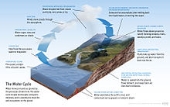OK, so this is the stick I chose for the yule-stick experiment.
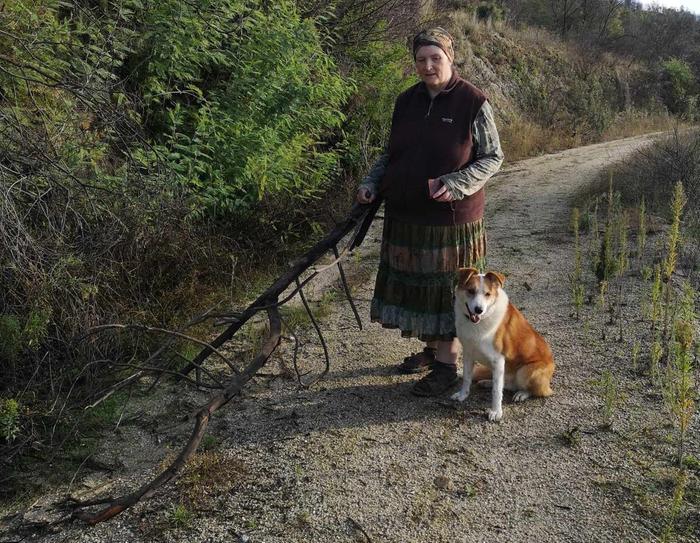
What I wanted to find out was how feasible it is for me to find a stick whilst out walking the dog, drag it back, and it be enough to keep the house warm for one day in December.
We'd built our first rocket mass heater over the summer. Here's the ongoing thread on the build -
Matt Walker tiny cookstove build in Portugal We had great plans about recording exactly how much wood we burned over the winter but somehow we never quite got ourselves organised enough to have any very accurate records. I did, however, want at least one reasonably accurate guestimate in a way people could relate to.
So I found a likely looking stick that wasn't going to over-tax my somewhat limited energy and hauled it home. Austin found a bigger one and hauled that home too, but that wasn't part of this experiment.
When we got back I dug out an olive crate and Austin sawed my stick up into suitable lengths and stashed them in the crate, which I duly put indoors on one side until Christmas.
At one point I managed to organise myself enough to weigh the wood in the crate - 2.8 kg, or 6 lb 4 oz. I know most of you measure wood in cords, but random bits of stick don't really lend themselves to that.
I was a bit exhausted on Christmas day after the excitement of the madeiro fire and the lunch out at my son's place, so we decided that the stick burning should happen on the 26th December. We estimated that there would be two burns from the stick, ie the initial burn and one re-fill. A week or so previously I'd been a bit worried that the experiment would fail as we'd had a cold snap with a lot of wind, and as the house is far from draught proof and we haven't built the heated bench which stores a lot of the surplus heat produced by the rocket mass heater, I thought that three or four burns might be needed. But as it happened the cold spell ended and we were back in more normal December weather with nice sunny days and cool nights.
Little Charlie, who is a plushy dragon who seems to represent all things that grow around here, especially forests and trees and vegetable gardens, was taking a strong interest in proceedings and had added a dried corn stalk and a giant pine cone to the box to act as fire starters.
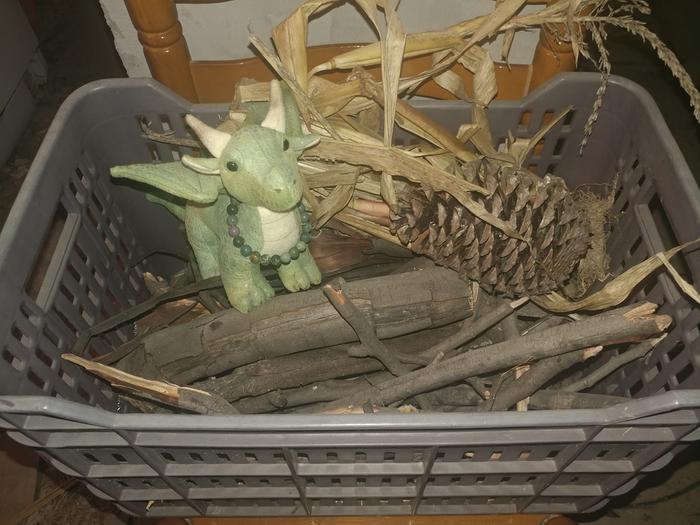
The corn stalk and the pine cone get shoved to the back of the fire box in the rocket mass heater, right up near the exit of the secondary air feed.
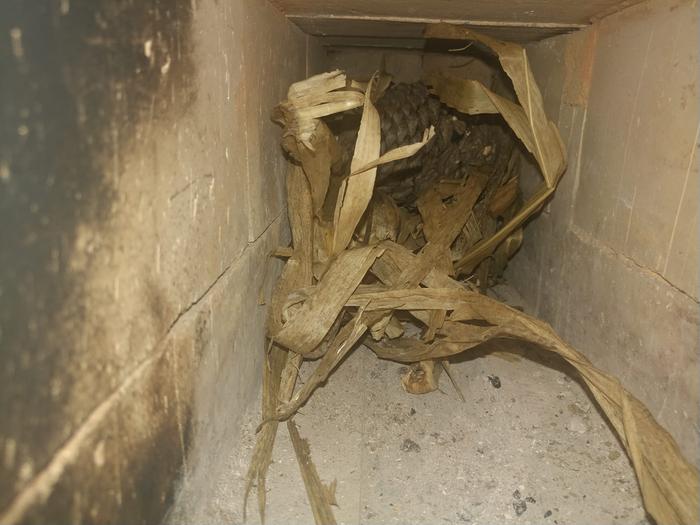
Then a quick huff of flame, which might or might have come from one of the plushy fire dragons (I suspect that young red one, Vermelha...) and the fire is lit.
The flames take a hold easily enough but aren't wooshing around the corner yet. The bypass is open but it takes a while to build up enough heat for the secondary air to kick in and get things really going.
But we need some more fuel really to reach that point. So I put some lengths of the sawn up stick on.
Now she's getting going!
Those flames are starting to woosh around the corner towards the magic portal where the combustion gases will get stirred around and mixed with the air from the secondary air intake and get burned up. When this starts to happen, there's enough heat being produced that we can begin to close off the bypass to send heat around the whole stove (and ultimately into a bench when we get around to building it) so the heat gets absorbed into the brickwork for slow release later. Which means we get a whole night's heat from a couple of hours of burning.
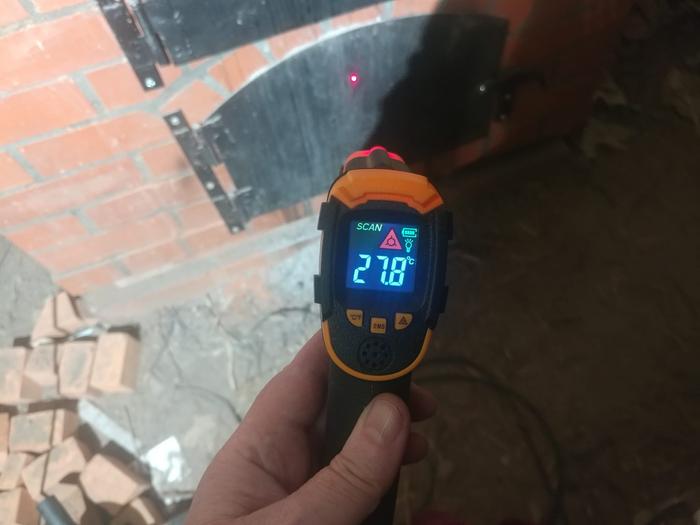
With the bypass partly closed, hot air begins to be diverted down into the oven (and bench if you have one) and things begin to warm up. If you close the bypass completely too soon, it kills the draught and the fire will slow down, or smoke horribly, or go out. You need to keep that tiger purring. Do dragons purr? Cuca does...
Anyway, from experience, it seems that when the upper part of the oven door reaches 27C, it's likely safe to close the bypass. Just keep listening to see Cuca keeps purring contentedly.
So I shut the bypass and left things alone for an hour or so. Then lost track of the time, because I'm like that...
Ooops, I was a bit late adding the wood for the second burn.
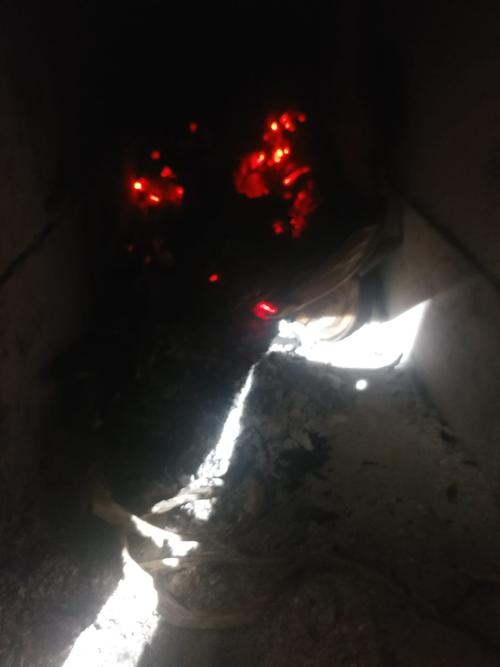
It works best if there is a good bed of hot coals, but they'd mostly burned away. I pushed what was left to the back and added the rest of the wood.
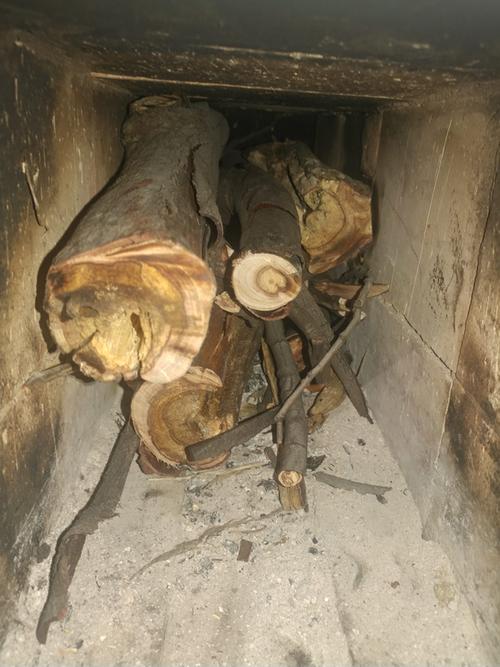
She needed a bit of a huff with the bellows but with a bit of love and sweet-talking and a couple of bits of torn up cardboard she soon woke up again. Vermelha helped too...
That's two burns from one stick, which today is quite enough.
To be fair, today was an exceptionally warm day for the end of December and if it was much colder we would want three or four burns. But for today, that one scavenged stick was just the right amount.
Given an appropriate dragon and a suitable rocket mass heater to house her in...
And one hour later, the place is lovely and cozy, and there are lovely hot coals left in the firebox as Cuca goes to sleep for the night, having warmed up all the brickwork in the rocket mass heater. Which should keep us nice and cozy for the rest of the night.
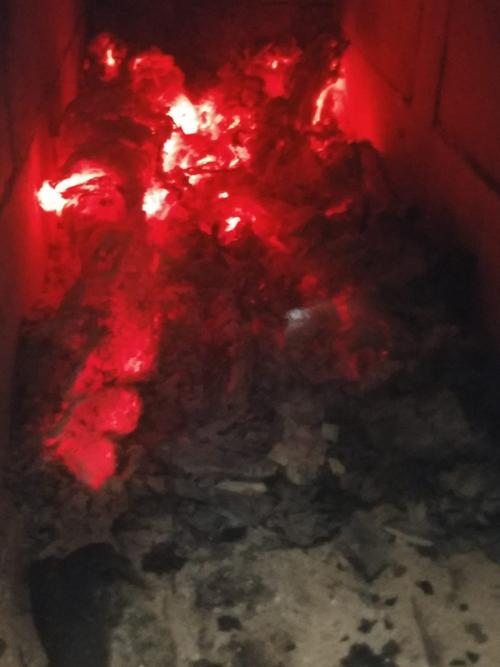
If we'd wanted another burn, this would have been the perfect stage to re-light. In which case we'd have pushed the coals to the back (using the special pushy thing that Austin made!) and laid more sticks down, whereupon they would start to burn from the back towards the front. But it wasn't needed today.
If we burn more than three times, during a cold snap, then the bricks have pretty much absorbed all the heat they are going to and we start to lose a lot of heat up the chimney. So for now we burn a maximum of three times and if we want more heat we burn twice a day instead of once. Next year we'll build the heated bench, which should hold more heat so with a bit of luck we will only ever have to have one session of burning a day, with maybe a total of four firebox-fulls of wood.

 16
16





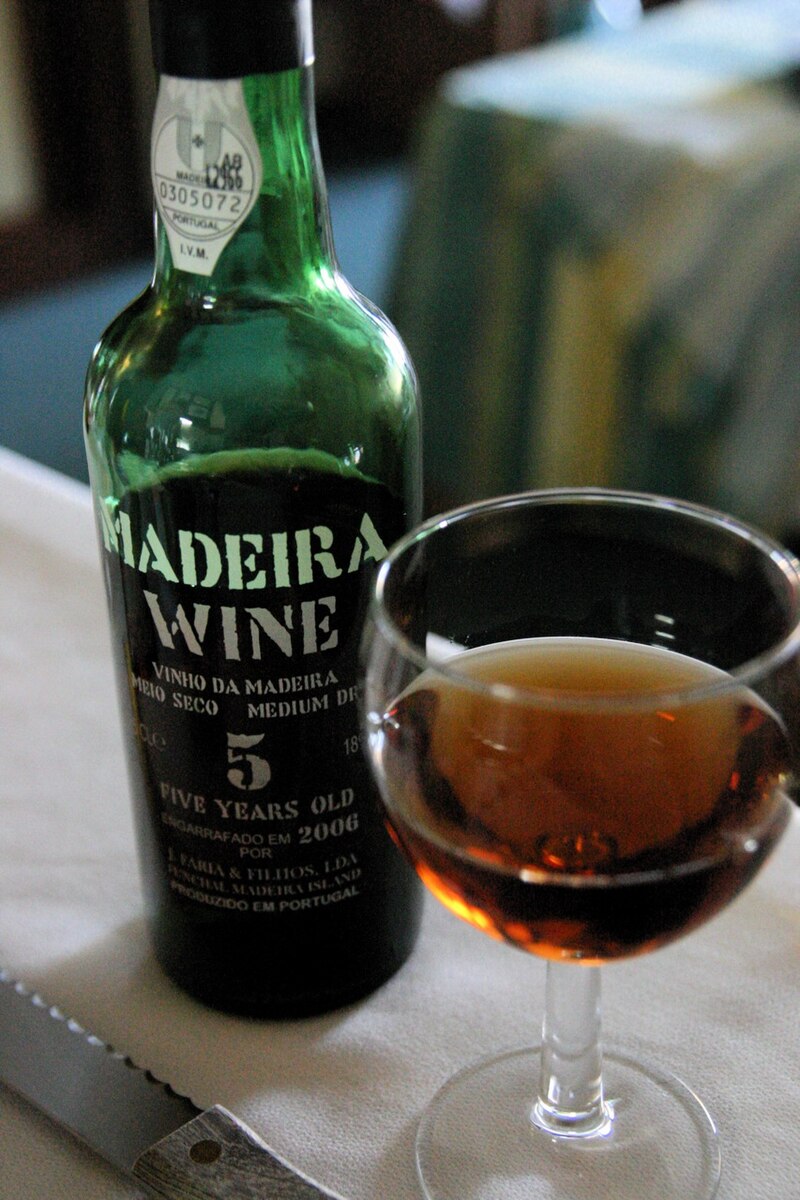

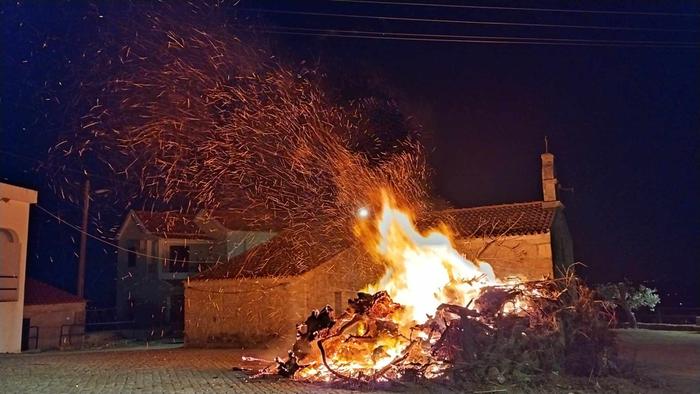
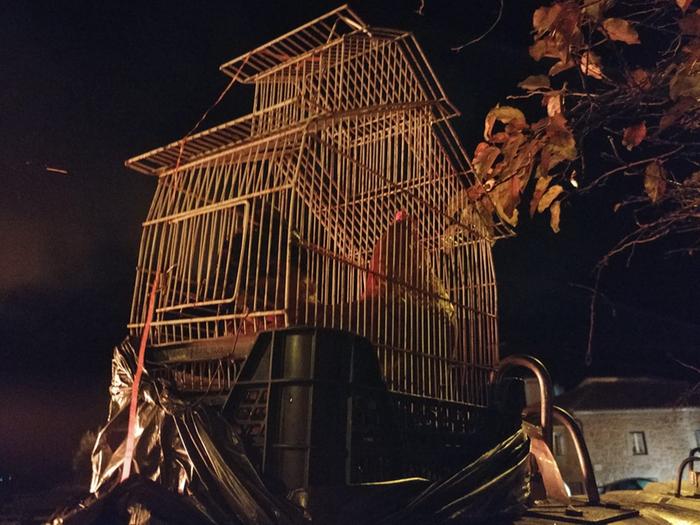
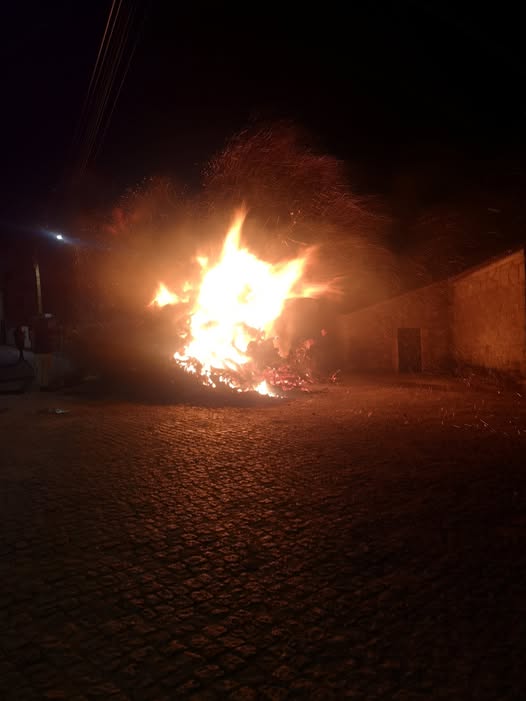
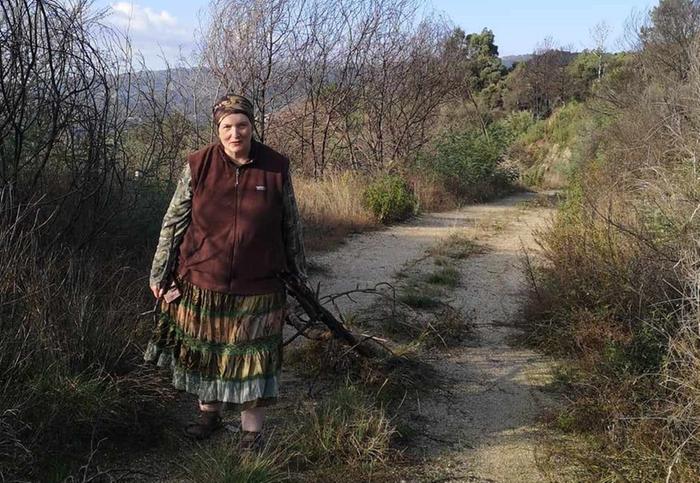
 10
10











 6
6




 3
3




 3
3




 3
3





 4
4








 2
2




 4
4







